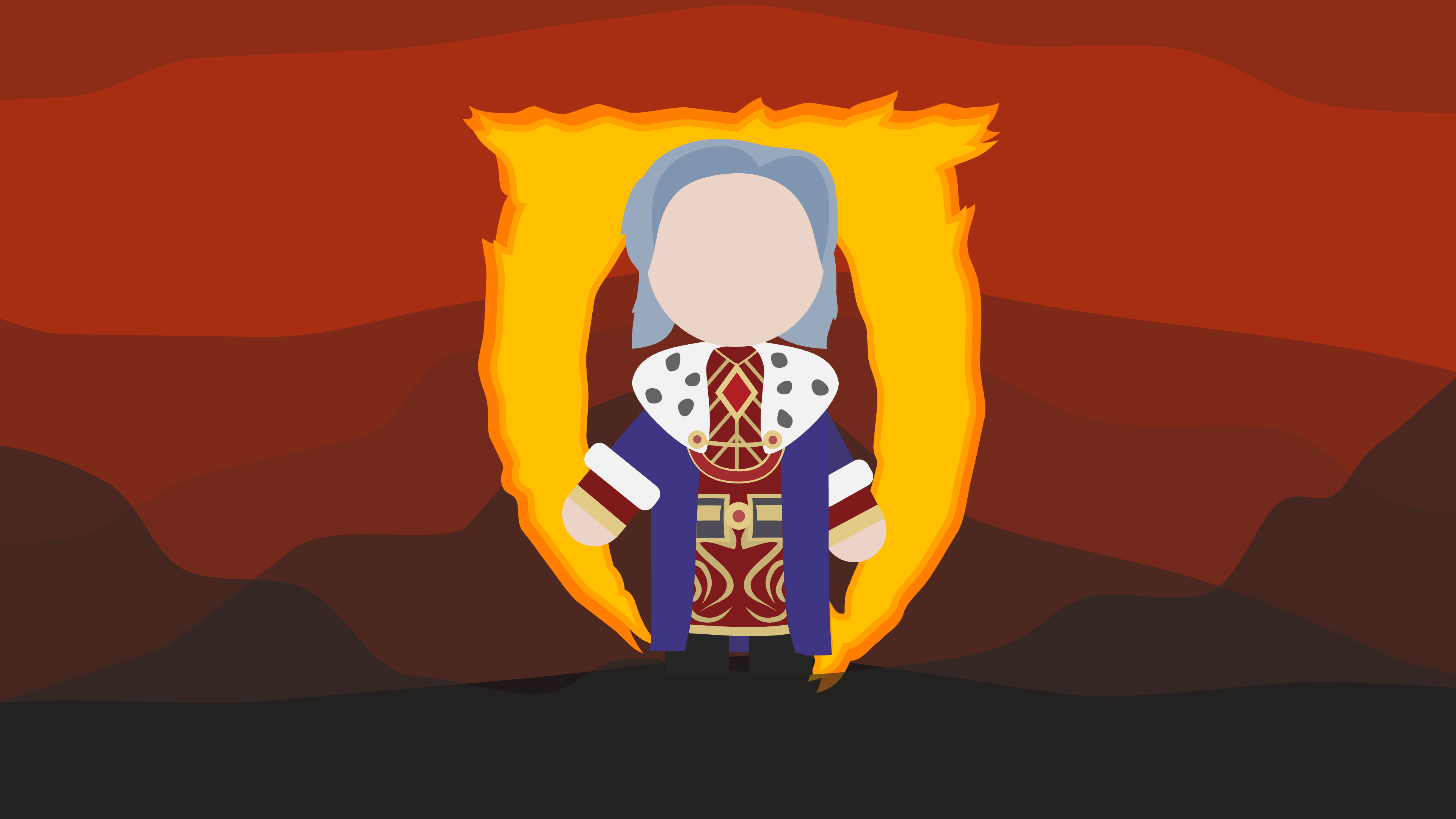Oblivion Remastered works like a Charm on GeForce NOW

When I was in high school I had a friend who was a huge fan of the Command & Conquer series and who recommended that I try Red Alert (1996). This was after I had already spent a lot of time playing Red Alert 2 (2000). I ended up not liking the original because I was already used to something that was more modern.
Fast forward seven years to university in the early 2010s, and I found myself in a remarkably similar situation. I had a friend who was a huge fan of The Elder Scrolls III: Morrowind (2002), and she recommended that I give it a try. Spoiler alert: I didn’t like it because I felt that the graphics and gameplay were too dated.
She then recommended that I play The Elder Scrolls IV: Oblivion instead, which I actually did end up liking – a lot. The Elder Scrolls V: Skyrim launched about a year later, so for a long time I felt I could never recommend Oblivion to anyone else, as I knew others would probably feel the same way I had felt earlier about Red Alert 1 and Morrowind.
This all changed last month, when Bethesda dropped Oblivion Remastered, which features completely new models, textures, and visual and lighting effects.
I wanted to play Oblivion Remastered, but unfortunately it only runs on Windows machines with DirectX 12, which I do not have. It turns out there’s an easy way to re-experience Oblivion without having to invest in a beefy gaming rig: cloud gaming!
The two most popular cloud gaming services at the moment are Microsoft’s Xbox Cloud Gaming and NVIDIA’s GeForce NOW. For this review, I went with the latter.
| Reviewed version | Windows (via GeForce NOW’s Performance tier on macOS) |
|---|---|
| Release date | 22 April 2025 |
| Developer | Bethesda Game Studios, Virtuos |
| Publisher | Bethesda Softworks |
The way that GeForce NOW works is that it lets you stream the games you’ve already purchased in other digital stores, such as Steam and Epic Games via a special client on your desktop, laptop, mobile device, or TV. For those who are familiar with software such as Remote Desktop (RDP), Citrix, or TeamViewer, it’s basically that, but optimised for gaming.
All you need to play is a device with the GeForce NOW client and a fast, stable internet connection. In my case, that’s a 100/100Mbps fibre connection over 5GHz Wi-Fi, with a latency of around 8ms to GeForce NOW’s “EU Northeast” data centre near Amsterdam.
The GeForce NOW service offers three tiers:
-
The ad-supported Free tier lets you play for at most one hour at a time at 1080p, but is best avoided as until there’s an available slot for your game.
-
The Performance tier costs €10.99 for a month, and gives you 100 hours of access to a GeForce RTX rig with 8 vCPUs that’s capable of running games at 1440p at 60fps, and
shorter queueing times
. -
Finally, the €21.99/month Ultimate tier gives you access to even more powerful machines that allow you to play at 4K resolutions with frame rates up to a staggering 240fps.
I went with the Performance tier because this was my first time using a cloud gaming service and I didn’t feel like paying €21.99 on top of the full retail price I had already paid for Oblivion Remastered.
I didn’t really know what to expect of GeForce NOW at first. I was mentally prepared for all the issues I had come to expect from work-related software like RDP and Citrix – compression artefacts, noticeable lag, sudden disconnects, and long waiting times – but it quickly turned out that GeForce NOW has virtually none of them:
-
Everything looks and feels almost like it runs natively on my own machine, but without the fan noise and heat production.
-
Modern games like Oblivion Remastered look absolutely gorgeous. Even first-person shooters and other games where timing is crucial, such as Half-Life 2 and Portal, are perfectly playable.
-
Throughout my 50 hours of gaming, I experienced only one sudden disconnect. And I didn’t have to wait in line even once!
Having said that, there are a few small things that GeForce NOW should improve:
-
The first is that the service doesn’t support all games. At the time of writing, my Steam library contains 154 games, but only 43 of those are available via GeForce NOW. In other words, if there is a specific game you want to play via GeForce NOW, you should first check if it’s actually available before paying for a subscription.
-
The service has some rough edges here and there. For example, when I start Oblivion Remastered, it launches the game via Steam. The client is , but it first shows Steam’s pop-up with the latest news. I don’t like that pop-up, so I have to manually it that off in the settings. After that, I am met with a second popup from Oblivion Remastered’s launcher, warning me that the game will only run on machines with at least 6 logical CPUs, even though the Performance rig is supposed to have 8 vCPUs.
-
A monthly subscription includes 100 hours of playtime. That’s a lot for someone like me who works two jobs, but not for people who have more time on their hands.
Good
Overall, I am quite impressed with GeForce NOW as a relatively affordable and hassle-free way to play PC games that you already own or intend to purchase. At the same time, it’s clear that the service is being held back by its limited library of supported games.
Now back to Oblivion Remastered, which was the sole reason I subscribed to GeForce NOW…
For people who are not familiar with the original Oblivion, I asked everyone’s favourite “acquaintance”, Chad Gepetto, to generate a short description of the game:
The Elder Scrolls IV: Oblivion is an open-world fantasy role-playing game originally released in 2006, set in the richly detailed province of Cyrodiil within the mythical continent of Tamriel. As the player, you step into a massive, living world where you can forge your own path – becoming a noble hero, a cunning thief, a powerful mage, or something entirely unique. The story revolves around the assassination of an emperor and the emergence of demonic Oblivion gates that threaten to engulf the world, but you’re free to ignore the main quest and immerse yourself in countless side adventures, guilds, and exploration.
Everything in that description is still true in the 2025 remaster. What’s different from the 2006 original is that the game has been rebuilt in Unreal Engine 5, which makes it look so new and gorgeous that some people on the internet initially doubted whether it might not have been more appropriate to call this a remake rather than a “simple” remaster. The answer to that question is simple and immediately obvious when you actually start playing the game.
While Oblivion Remastered looks absolutely stunning in Unreal Engine 5, under the hood, the non-visual parts of the game are still powered by the same Creation engine. All the good things that made Oblivion the game we all know and love – quests, NPCs, music, locations, items – are exactly as you remember them, albeit through rose-tinted glasses. Most of the bad things that made Oblivion frustrating (or unintentionally funny) are also still here. For example, I had a few quests “break” for reasons that were mostly out of my control, just like in the original Oblivion. Many NPCs in Cyrodiil also still sound suspiciously alike due to them sharing the same ten or so voice actors, and occasionally turn into demonic rag dolls when you look at them the wrong way. And saving often is still a good idea, because the game will crash from time to time.
Some of the things that have changed include user interface and gameplay tweaks that have been ported over from Skyrim. For example, you can now sprint, walk while over-encumbered, and customise your character in more varied ways. I am especially happy with the addition of Skyrim’s Clairvoyance spell, which shows you the path to your next quest destination – it’s a huge time saver. The levelling system has also been overhauled so that there’s no need to carefully “plan” your levelling any more – you just play the game the way you want to, and you don’t have to worry about encountering unbeatable enemies at some point because you focussed on improving the wrong skills.
All these changes combined result in a game that is much more enjoyable to play than the original and is suitable for contemporary players who have been spoiled by modern graphics. So I am very happy to announce that I can finally recommend that anyone who likes fantasy or role-playing games give Oblivion Remastered a try.
Great
A fresh coat of paint and some much-needed gameplay improvements make this remastered version of Oblivion the best yet, and an especially great alternative for players tired of playing yet another re-release of Skyrim.


